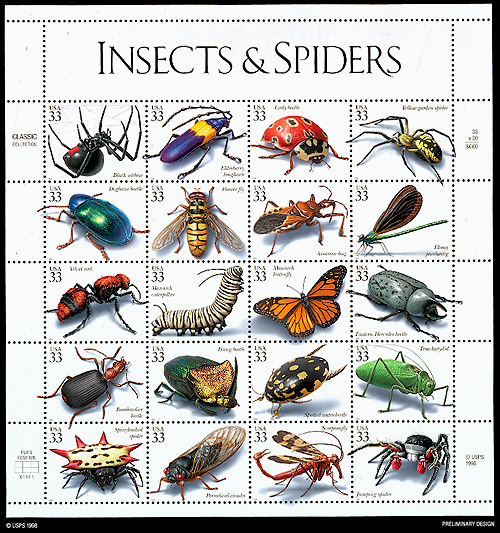Neonicotinoids are widely used systemic insecticides which, when applied to flowering crops, are translocated to the nectar and pollen where they may impact upon pollinators. Given global concerns over pollinator declines, this potential impact has recently received much attention. Field exposure of pollinators to neonicotinoids depends on the concentrations present in flowering crops and the degree to which pollinators choose to feed upon them. Here we describe a simple experiment using paired yellow pan traps with or without insecticide to assess whether the commonly used neonicotinoid imidacloprid repels or attracts flying insects. Both Diptera and Coleoptera exhibited marked avoidance of traps containing imidacloprid at a field-realistic dose of 1 µg L−1, with Diptera avoiding concentrations as low as 0.01 µg L−1. This is to our knowledge the first evidence for any biological activity at such low concentrations, which are below the limits of laboratory detection using most commonly available techniques. Catch of spiders in pan traps was also slightly reduced by the highest concentrations of imidacloprid used (1 µg L−1), but catch was increased by lower concentrations. It remains to be seen if the repellent effect on insects occurs when neonicotinoids are present in real flowers, but if so then this could have implications for exposure of pollinators to neonicotinoids and for crop pollination.
Bron: Easton AH, Goulson D (2013) The Neonicotinoid Insecticide Imidacloprid Repels Pollinating Flies and Beetles at Field-Realistic Concentrations. PLoS ONE 8(1): e54819. doi:10.1371/journal.pone.0054819 (attached)

- Log in to post comments
